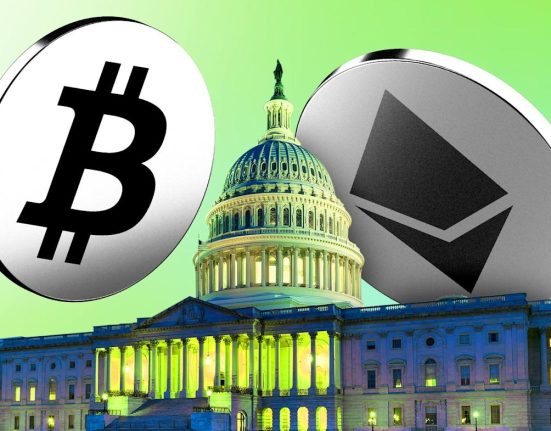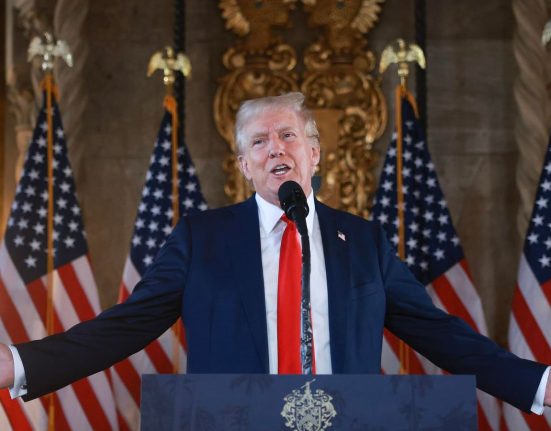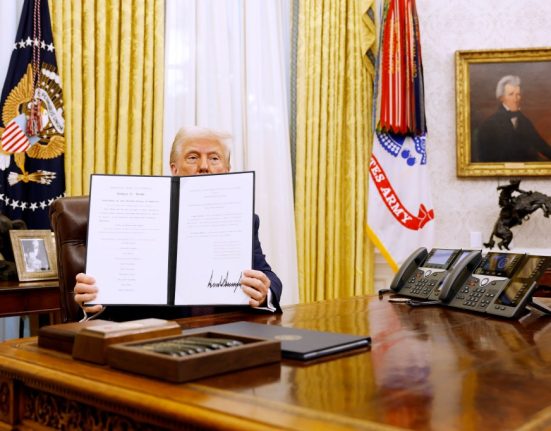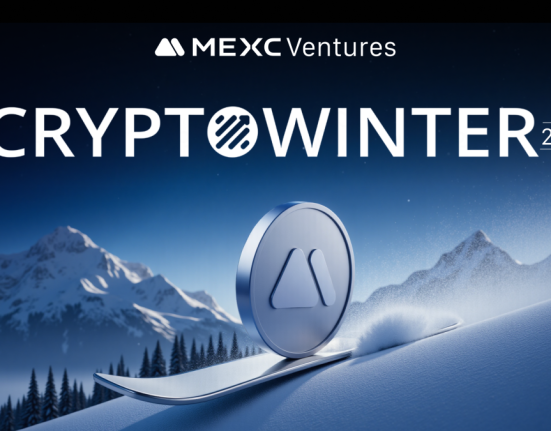Fernando Martinez, CEO of Nonco
Nonco
Fernando Martinez talks like a man who’s already seen the future. In it, SWIFT, the messaging networks thousands of banks around the world use to give instructions for transferring funds between accounts, is obsolete. He insists that the global foreign exchange market should run on stablecoins, cryptocurrencies typically pegged to fiat currencies like the U.S. dollar.
These convictions underpin his company, Nonco, based in Miami. Founded in 2023 as a spin-out from Hong Kong crypto exchange OSL, it has quietly grown into one of the biggest digital asset trading firms you’ve never heard of. With additional offices in Mexico City, where Martinez is based, Sao Paulo and London, the firm serves more than 350 institutional clients, from crypto ETF issuers to investment giants like Pantera Capital and CoinFund, and processed over $30 billion in volume last year alone. It raised $10 million from investors including Valor Capital and Hack VC and turned profitable early. Now Martinez wants to pursue a more disruptive thesis than simply trading.
He and his team understood that despite the industry’s obsession with building new stablecoins and yield chasing, the real bottleneck was plumbing. Companies like Stripe-acquired Bridge, which helps businesses accept stablecoin payments, or Félix Pago, a remittance app that lets users send money over WhatsApp, had the tech, but they still had to navigate fragmented local markets to actually move money. So Nonco focused on providing local currency liquidity in Mexico, Brazil and Colombia. It instantly gained traction.
“The stablecoin market cap went from $5-10 billion in 2020 to over $230 billion now. The only thing that really didn’t evolve was the liquidity around local currencies,” explains Martinez. “All these companies had to go to the same local exchanges in order to access liquidity, but they didn’t have enough to satisfy the growing demand. So that’s what we started attacking.”
Now, Nonco is taking its next leap: automating the FX trade lifecycle with smart contracts and atomic swaps. This week, the company is launching FX On-Chain, a foreign exchange protocol built on Avalanche’s blockchain. It automates conversions between local currency- and USD-backed stablecoins, like USDC, USDT, AUSD, enabling more transparent and roughly 5% cheaper cross-border payments. For now, it starts with the U.S. dollar–to–Mexican peso pair, but plans to add U.S. dollar–to–Brazilian real, euro–to–U.S. dollar and other combinations soon.
The idea is to use non U.S. dollar-pegged stablecoins not as consumer-facing assets (the reason they make up less than 5% of the $235 billion stablecoin market, according to Martinez), but as invisible rails to move dollars in and out of emerging markets. “Nobody wants a Mexican peso or Brazilian real, people want dollars in and out,” Martinez says. “But if you use [local stablecoins] behind the scenes to power the system, that’s when you start to have a real use case for them.”
Sending money via stablecoins is usually a clunky, multi-step process: open an exchange account, pass KYC or “know your customer” requirements, buy the stablecoins, transfer them, sell them to obtain fiat, and then withdraw, and hope nothing breaks along the way. Nonco removes that friction for institutions with a fully automated system. When a company like Banco Azteca, which handles 40% of Mexico’s remittance market, or Félix Pago wants to move money for users, it will simply have to deposit local currency. That gets converted into a local stablecoin, then into a major U.S. dollar one like USDT or USDC, and delivered to the counterparty’s wallet. The same process runs in reverse for cashing out. It sounds like a lot, but Nonco’s tech automates the entire cycle. For the end user, it will feel like a simple bank transfer or a WhatsApp message.
Nonco has also secured an investment from VanEck, which manages over $110 billion in assets, to support its growing operations (the amount was not disclosed). “Stablecoins are faster, cheaper, and a lot of the obvious things we know, and dollar-based stablecoins are the biggest piece of the pie, and that will continue,” says Kyle DaCruz, director of digital asset products at VanEck, “but many local vendors can’t accept dollars initially. Not just for remittances but for point-of-sale and other transactions, you need to have that ability to move in and out of local currencies into dollars, and we think that this FX On-Chain project that Nonco is working on can really help facilitate and expand that.”
Martinez isn’t just building for the crypto crowd. He’s trying to bridge the old world and the new. The FX market, which turns over more than $7 trillion a day, is still fragmented. Most trading happens within a narrow window, and emerging market pairs like USD/MXN or USD/BRL often suffer from poor pricing, says Morgan Krupetsky, head of institutions and capital markets at Ava Labs (Avalanche’s developer company). “Nonco aims to change that and plans not to be the sole liquidity provider, but to invite large, traditional liquidity providers like Citi or Citadel Securities to bring institutional-grade FX pricing on-chain, and this platform will allow them to do that without having to build a lot of infrastructure themselves,” she adds.
Editor’s note: The story was updated to specify that Citadel Securities, the market maker, not Citadel, the hedge fund, was referenced.







